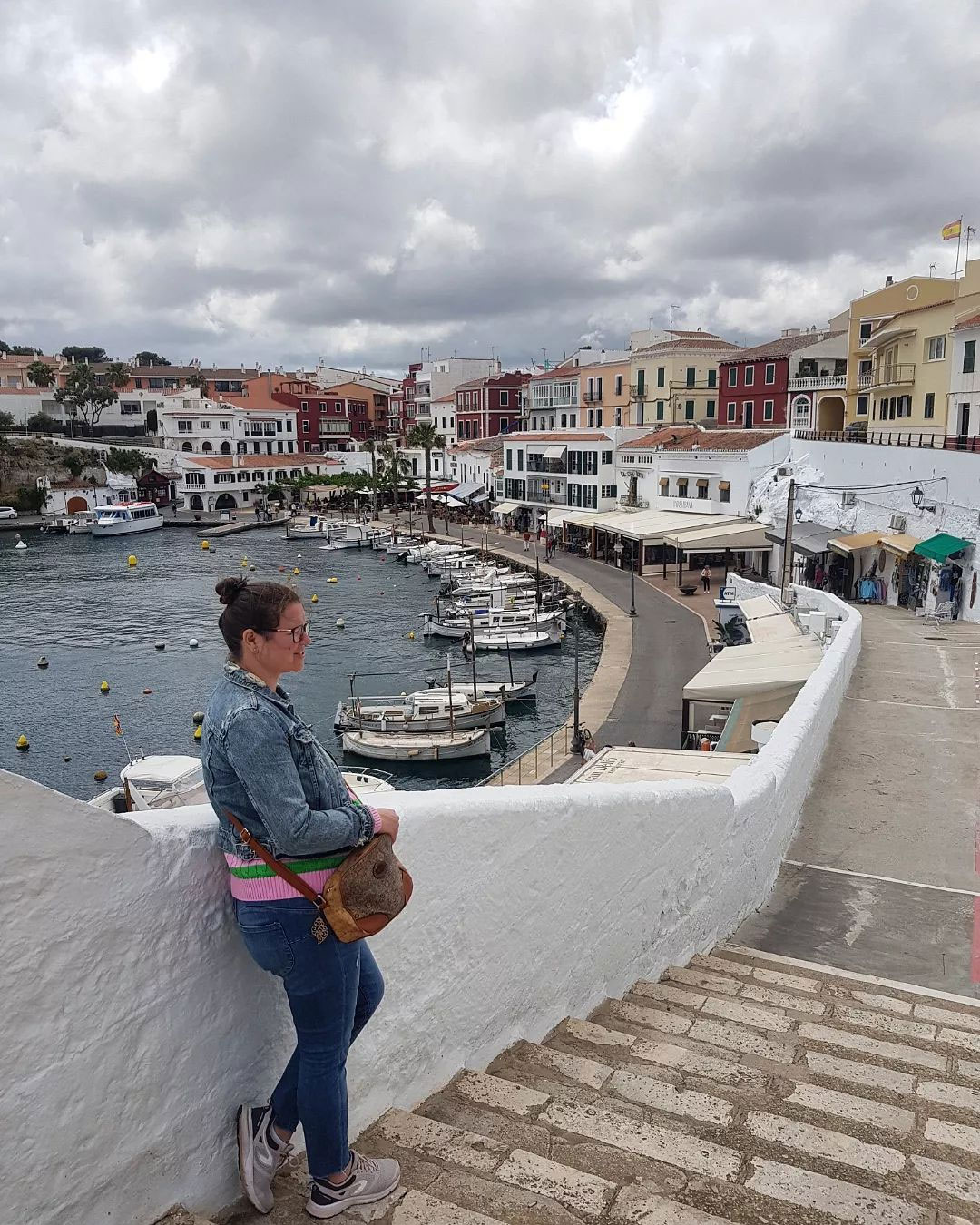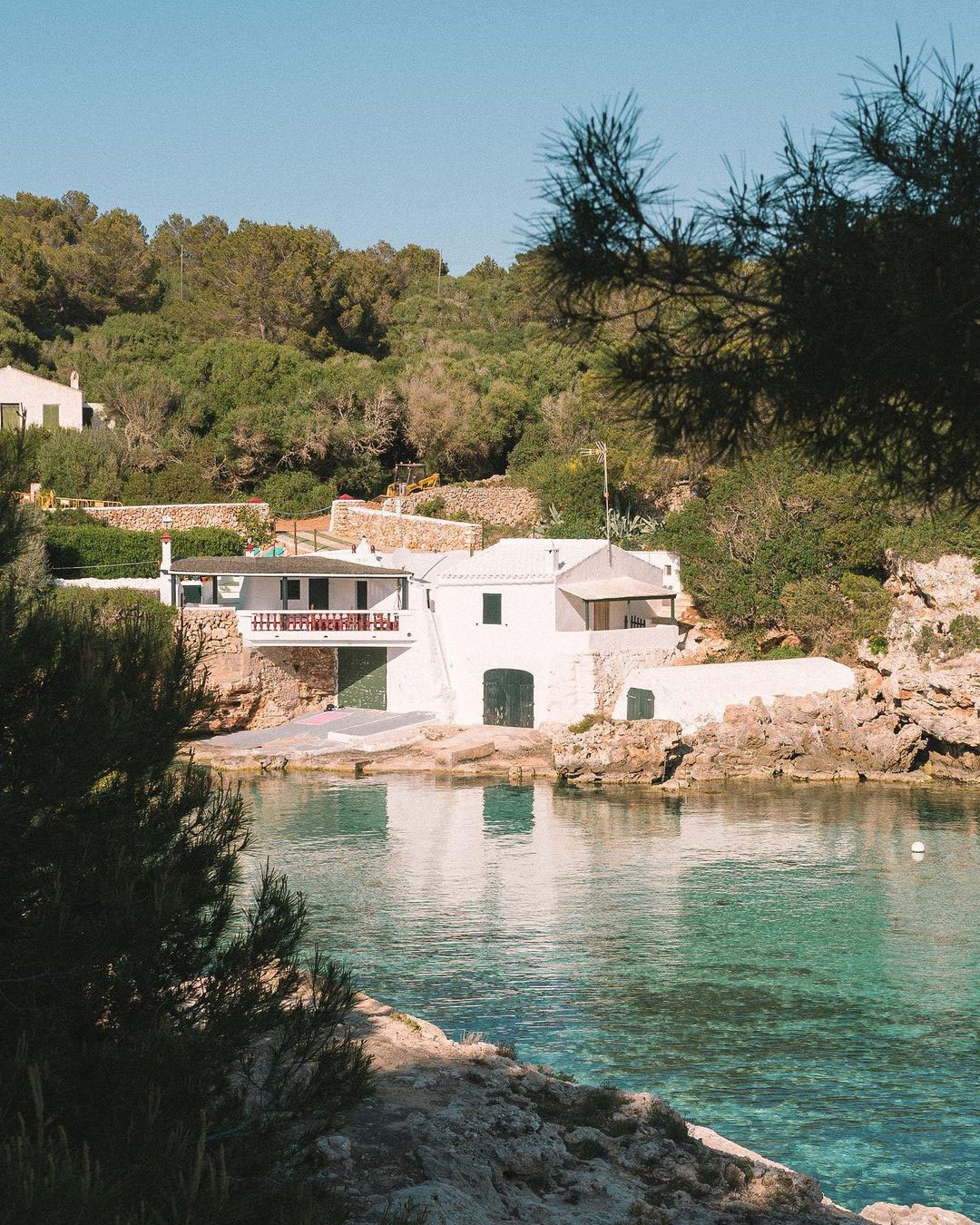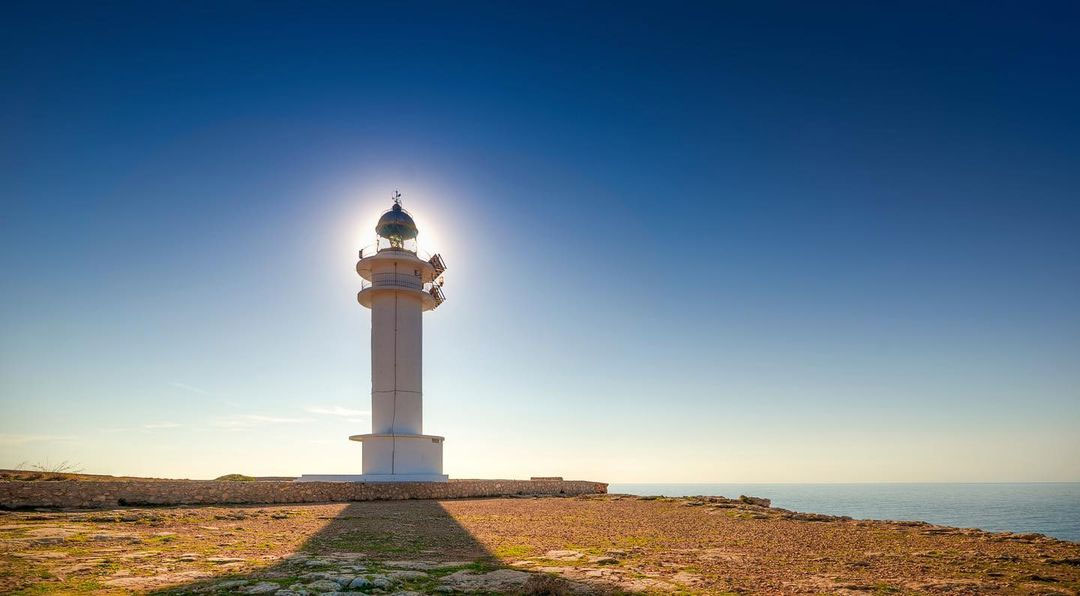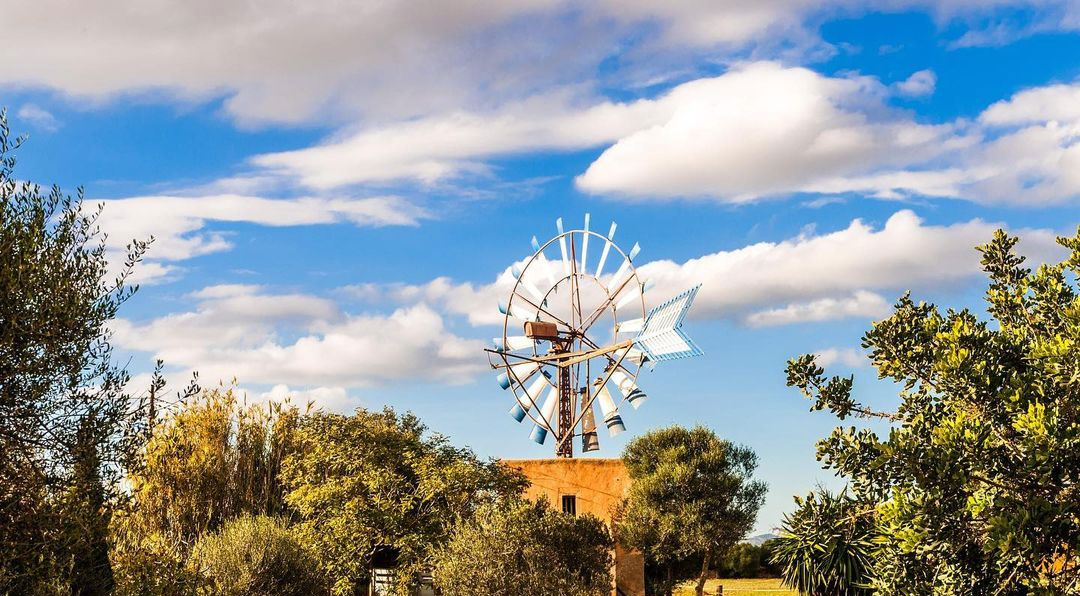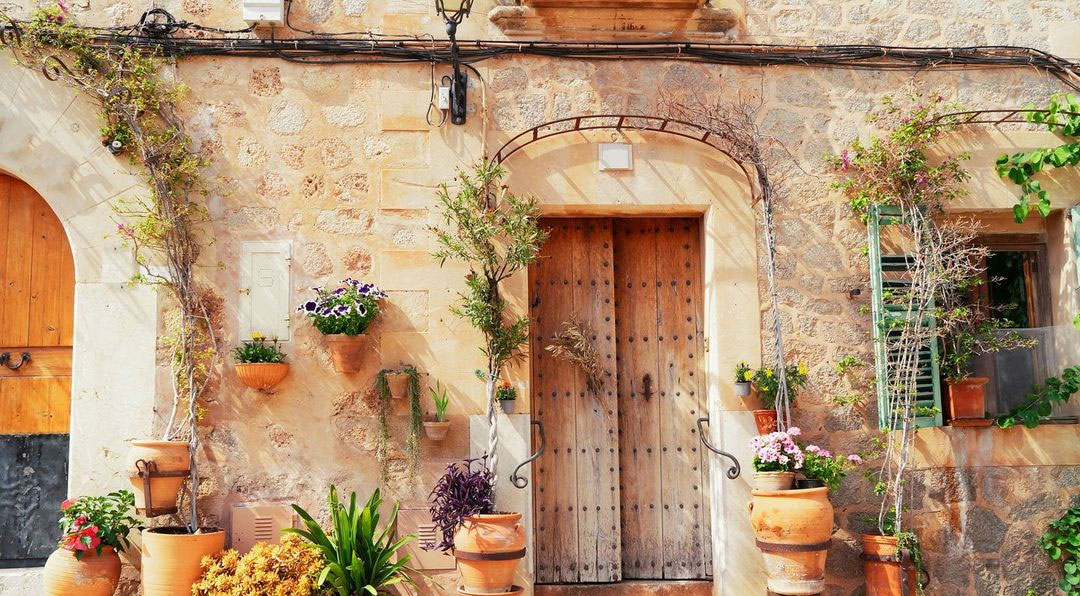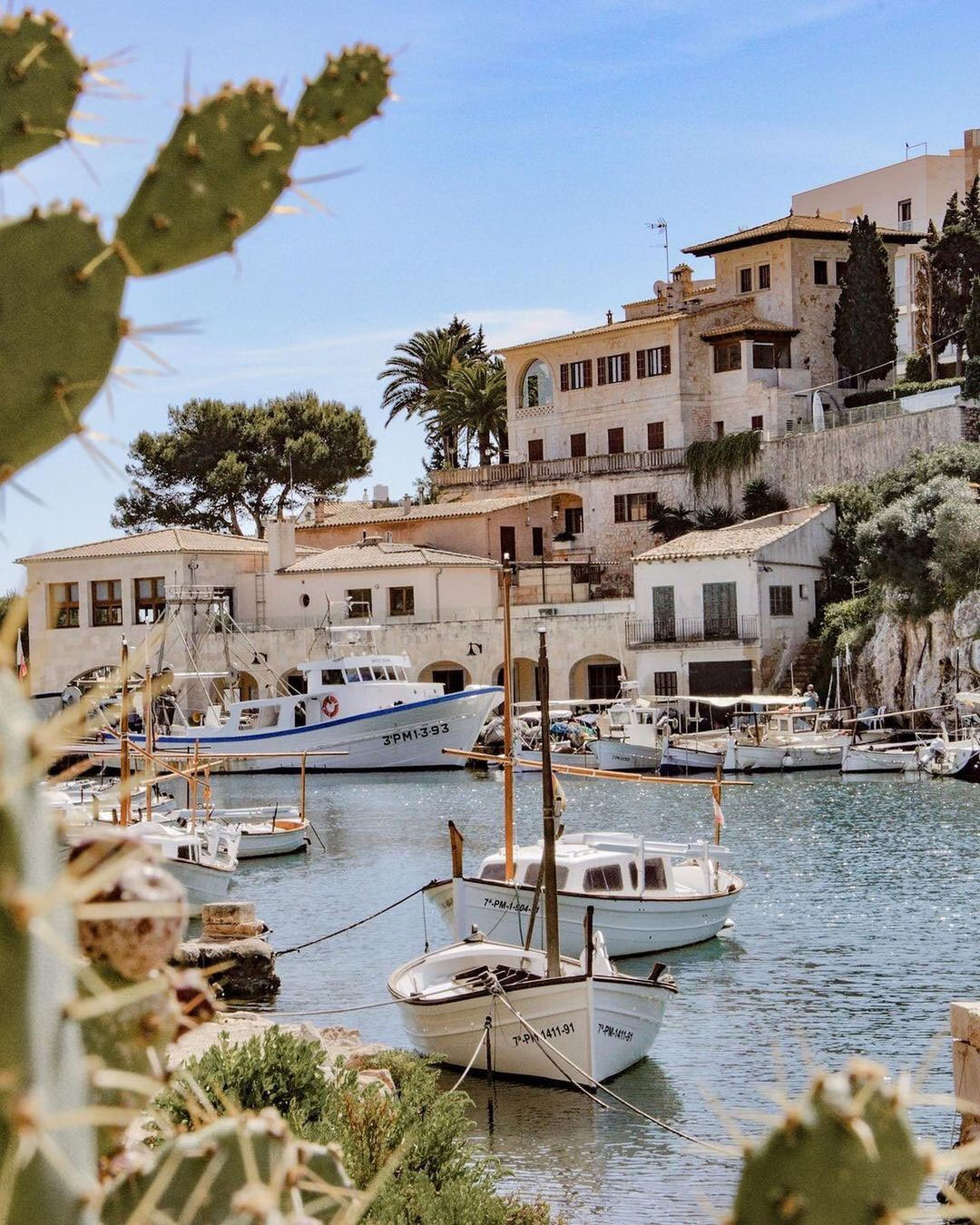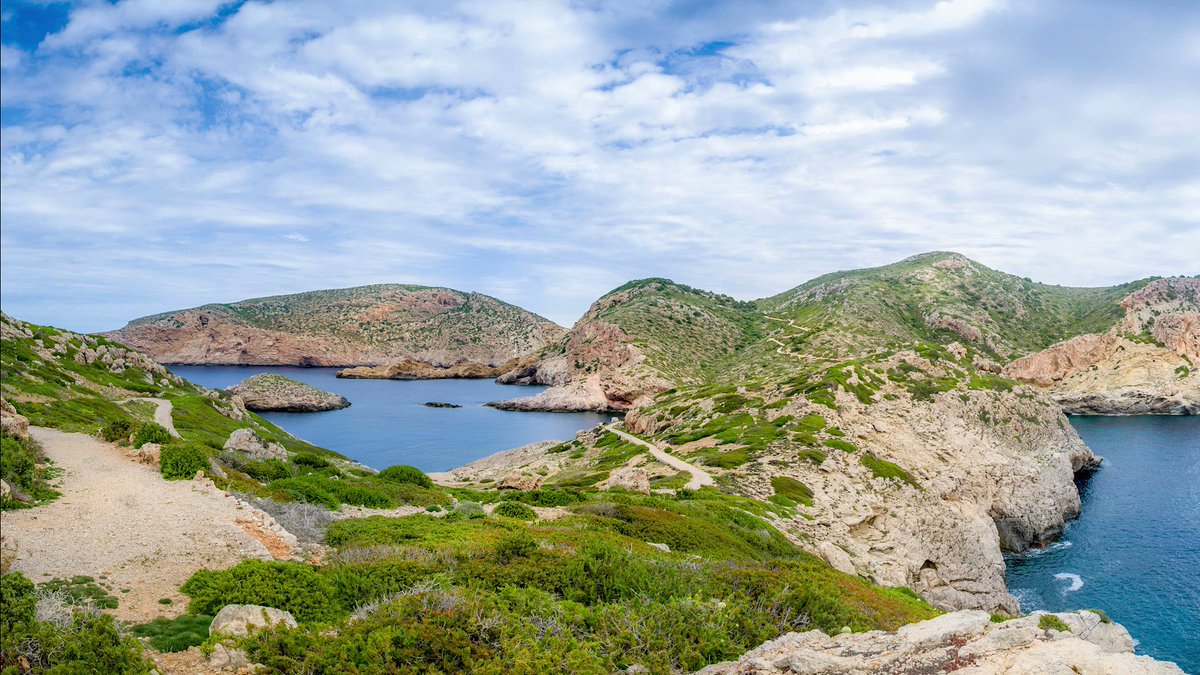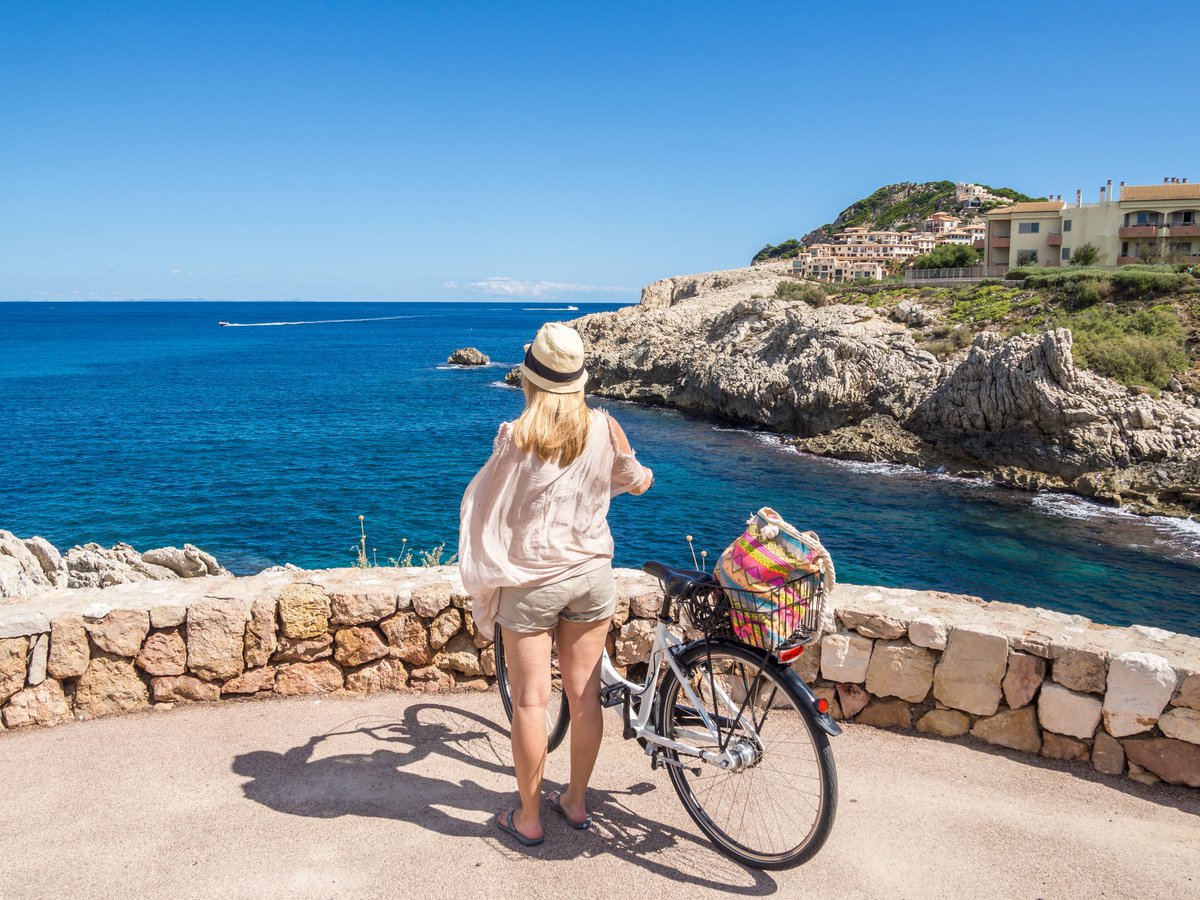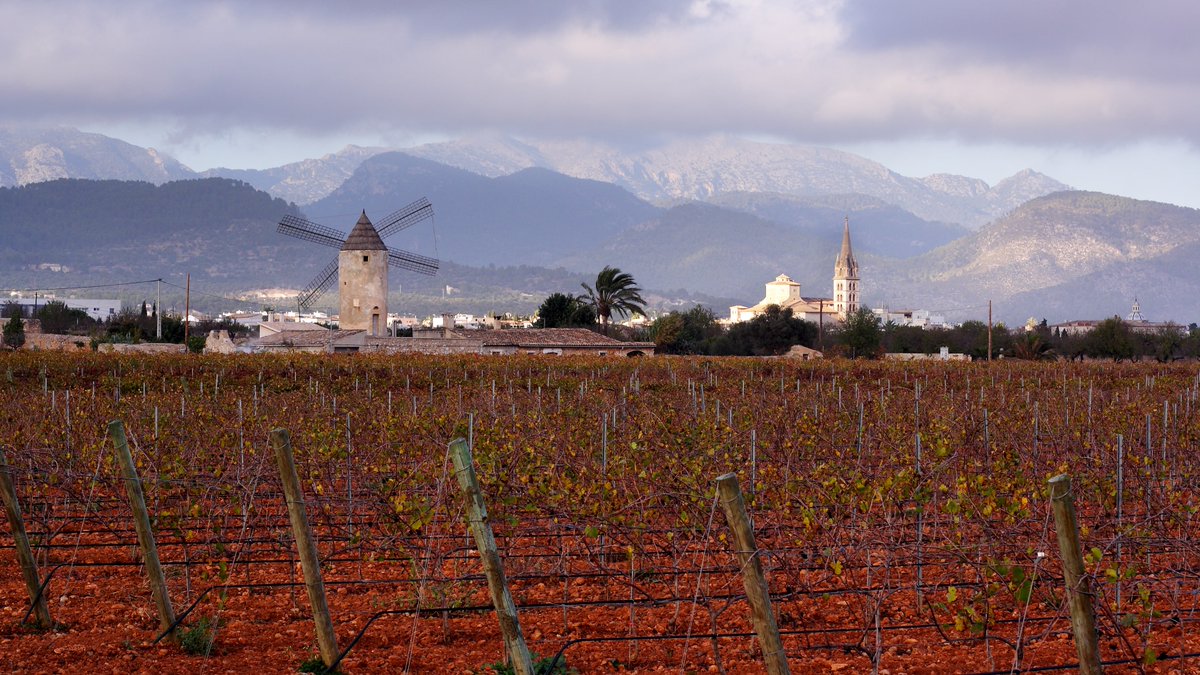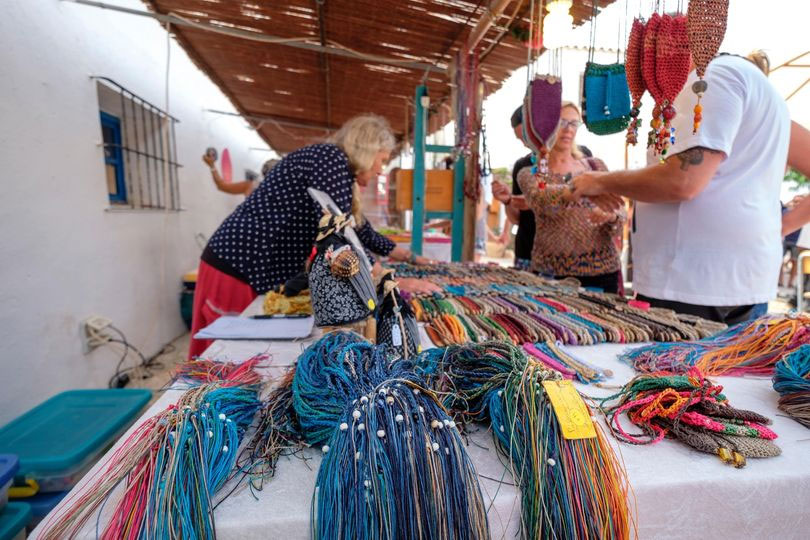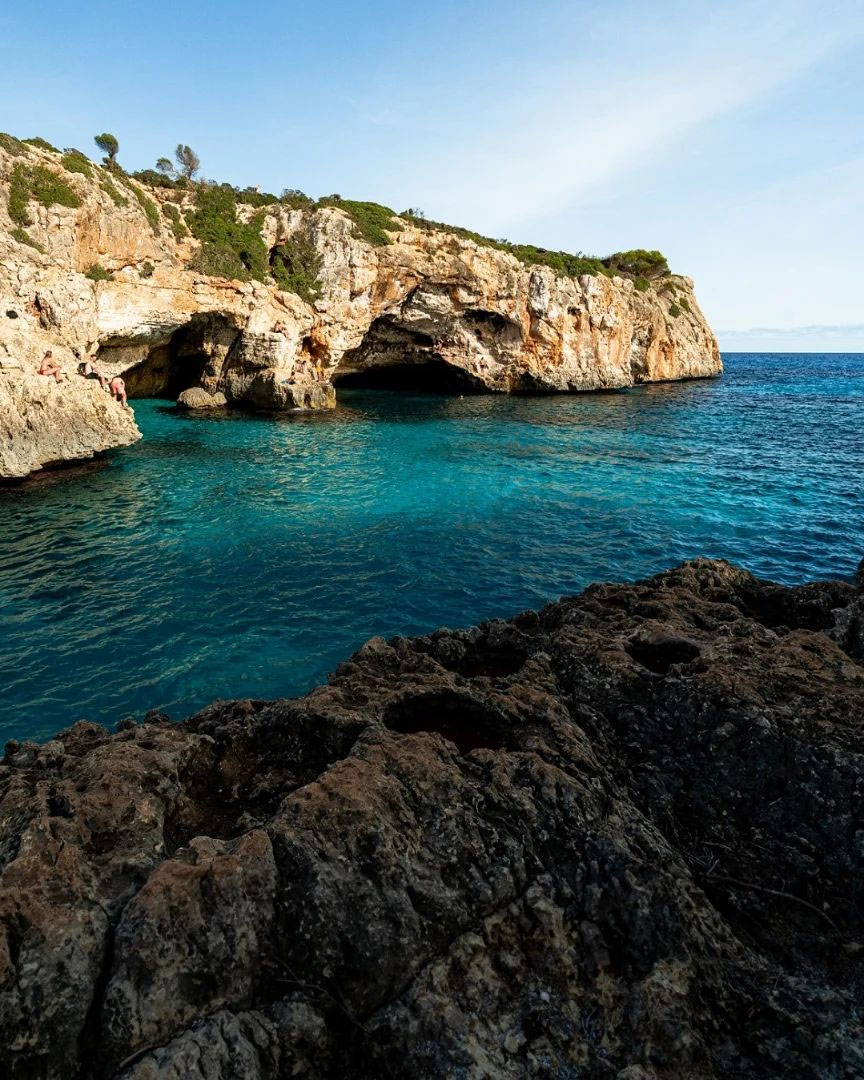404 Error
Sorry for the inconvenience ...
| Error 404 The URL you're trying to watch is not in the server (Error 404). Here you can find other options: » Home » Locator » Spring » Summer » Autumn » Winter » Family » Friends » Couple » Work » Art and culture » Nature and Landscapes » Sports and active tourism » Sea and Beaches » Health and wellness » Gastronomy » Routes and plans » Schedule |







